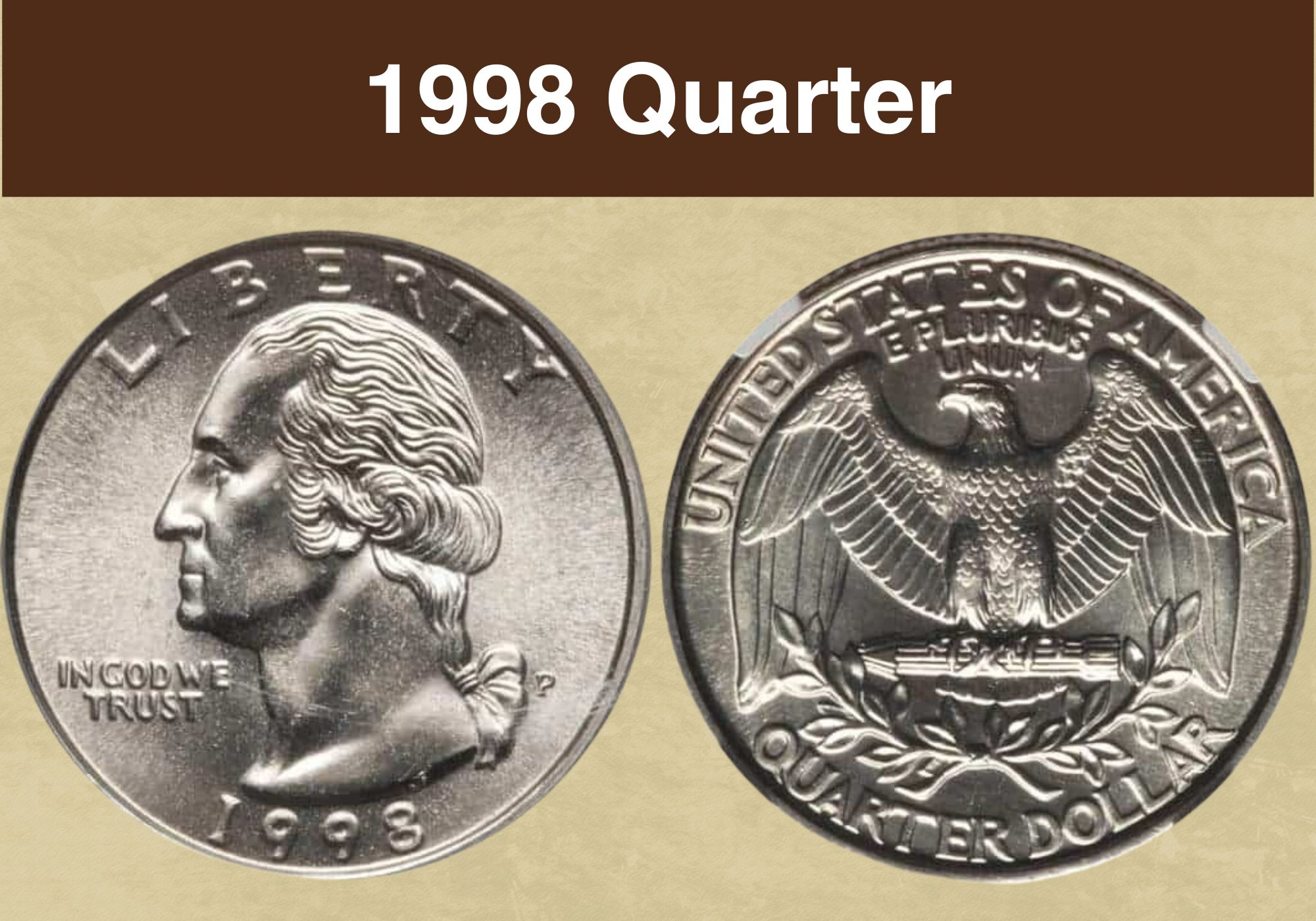
Coin Value Contents Table
A 1998 Washington quarter is fairly modern, but it is still collectible, given the popularity of President George Washington.
So, what is the 1998 quarter value?
The truth is such a modern or recent Washington quarter is not worth a fortune, especially in circulated condition.
Some 1998 quarter errors can be valuable, fetching you significantly more than the coin’s face value. In fact, some collectors specialize in identifying and collecting 1998 Washington quarters.
In that light, it is worth learning more about the 1998 quarter value so you can make a smart decision whether you want to add this coin to your collection or even sell a unique example you own.
We’ll go over a bit of the coin’s history, its physical attributes, and grading tips. You will also discover errors worth money that you should pay attention to.
So, let’s jump in!
1998 Quarter Value Chart |
||||
| Mint Mark | Good | Fine | Extremely Fine | Uncirculated |
| 1998-P Quarter Value | $0.30 | $0.30 | $0.30 | $375 |
| 1998-D Quarter Value | $0.30 | $0.30 | $0.30 | $100 |
| 1998 Silver Proof Quarter Value | – | – | – | $65 |
The History of the 1998 Quarter
The 1998 quarter belongs to the Washington Quarter Series, which has been in circulation since 1932 to date. The sculptor John Flanagan designed the Washington quarter to commemorate the country’s first president and his great achievements as a Founding Father and politician.
As early as 1930, Congress established a Bicentennial Committee to prepare for Washington’s bicentennial birth anniversary. The Committee proposed a Washington dollar to replace the Walking Liberty half dollar for the anniversary year.
The Committee, alongside the Commission of Fine Arts, held a competition to find a designer for the new commemorative. After reviewing several submissions, they selected designs from Laura Gardin Fraser, a renowned and experienced coin designer.
To the Committee and Commission’s surprise, the House Committee of Coinage moved fast, proposing that Congress permanently replace the Standing Liberty Quarter with a Washington Quarter.
Despite protests by the Bicentennial Committee and Fine Arts Commission, Congress passed an Act authorizing the U.S. Mint to produce a new quarter featuring Washington’s portrait on the obverse and a national image on the reverse.
Another hurdle the Commission and Committee faced was the Mint’s decision to turn down their choice of designer, Laura Gardin Fraser. Instead, the Mint held a new competition and ultimately chose John Flanagan to design the new Washington quarter.
Production of the new coin began in July 1932, and by August, the Mint had released the Washington quarters into circulation. These quarters were struck in silver until 1965 when the Mint began using copper-nickel cladding in the face of rising silver prices.
The obverse design depicting President George Washington has remained largely unchanged since 1932, but the reverse has undergone several design changes. 1998 was the last year in which the reverse of the Washington quarter featured the flying eagle. In the following years, until 2021, the reverse has changed severally to commemorate the country’s other jurisdictions, national sites, historical figures, and the fifty states.
Also read: Top 13 Most Valuable State Quarters Worth Money
The Features of the 1998 Quarter
Let’s now look at the unique physical attributes of the 1998 quarter. A greater understanding of these features will help you know what to look for in 1998 quarters worth money and generally identify Washington quarters worth adding to your collection.
The Obverse of the 1998 Quarter
President George Washington’s portrait is the most prominent feature on the obverse of the 1998 quarter. The coin’s designer, John Flanagan, based his design on Washington’s bust created by the renowned sculptor Jean-Antoine Hudon in 1872.
In the portrait, Washington faces straight ahead, his hair held loosely in a low ponytail.
At the top of the coin, around the inner rim, you will see the word LIBERTY. The country’s motto, IN GOD WE TRUST, appears on the left surface while the date, 1998, appears at the bottom.
The Reverse of the 1998 Quarter
The reverse of the 1999 quarter is more detailed. It features the bald, flying eagle with its wings spread out while perched on several arrows. The arrows represent liberty and a readiness to defend the country’s sovereignty.
An olive branch underscores the image of the eagle perched on the arrows. This branch symbolizes peace.
The country’s name boldly appears at the top along the inner rim, while the coin’s denomination, QUARTER DOLLAR, appears directly opposite at the bottom.
Above the eagle’s head, you will also notice the motto, E PLURIBUS UNUM, which means ‘Out of many, one.’
Other Features of the 1998 Quarter
The 1998 Washington quarter has a pure copper core and an outer cladding comprising 75% copper and 25% nickel.
It measures 24.30 millimeters in diameter, weighs 5.67 grams, and has a reeded edge.
The Philadelphia, Denver, and San Francisco mints produced Washington quarters in 1998. You can identify these quarters by their P and D mint marks, which appear on the obverse next to Washington’s ponytail.
The San Francisco mint produced only silver-proof coins with a mint mark S on the obverse.
Also read: Top 16 Most Valuable Modern Quarters Worth Money
1998 Quarter Grading Guides
Like most other dates in the Washington quarter series, the 1998 quarters will generally not fetch a premium in circulated grades. You are better off paying attention to uncirculated examples, which can be worth more than the face value.
Check for signs of wear on high points to certify that a 1998 quarter is uncirculated. On the obverse, these include Washington’s cheek and hair; on the reverse, the high points include the upper part of the eagle’s legs and breast.
Placing the coin under a single light source will help you detect flaws such as hairline cracks, scratches, and contact marks. You will also notice color changes when you turn the coin; an uncirculated coin will reveal bouncing radiant colors not seen in circulated examples.
| # | Grade |
|---|---|
| 1 | Basal State-1 |
| 2 | Fair |
| 3 | Very Fair |
| 4, 5, 6 | Good |
| 7, 8, 10 | Very Good |
| 12, 15 | Fine |
| 20, 30 | Very Fine |
| 40 | Extremely Fine |
| 50 | About Uncirculated |
| 60 | Mint State |
| 65 | Mint State |
| 70 | Mint State |
Please check our grading guides to know your coin scale, It’s the necessary step to know the exact value of your coin.
Check out now: How to Grade Washington Quarter?
1998 Quarter Value Guides
So, how much is a 1998 quarter worth?
There are three varieties of the 1998 quarter. These are the:
- 1998-P Quarter
- 1998-D Quarter
- 1998-S Silver Proof Quarter
Let’s look at how much each is worth:
1998-P Quarter Value
The mint at Philadelphia produced 896,268,000 Washington quarters in 1998. This mintage is extremely high but unsurprising given that the Washington Quarter series is known for its high mintages almost every year.
The 1998-P quarter is abundant across all grades, and the high mintage also makes it affordable. This coin will fetch between $0.30 and $0.85 in circulated condition.
Even in some mint state grades, the 1998-P quarter is affordable. You can get your hands on a nice-looking MS65 for just $10.
These coins become harder to find in MS66 and higher, but enough examples have been graded to meet collectors’ demands. A specimen that is graded MS67 will set you back about $375.
According to the Professional Coin Grading Service (PCGS), the most expensive 1998-P quarter, is graded MS68 and was sold for a whopping $1,380 at a 2007 Heritage Auctions sale.
1998-D Quarter Value
The Denver Mint followed suit with a high-mintage production of 821,000,000 quarters in 1998.
Like their Philly counterparts, these quarters are common in circulated condition and mint state grades. Circulated examples are worth between $0.30 and $0.85.
The 1998-D quarters become very challenging to find in grade MS68 and above, which can be attributed to the poor strikes seen in the late 1980s and 1990s.
A specimen in pristine, uncirculated condition can fetch up to $100.
1998-S Silver Proof Quarter Value
The San Francisco minting facility struck about 872,792 Washington silver proofs.
Although these proof coins are fine-looking, with a strike superior to the regular 1998 quarter, they do not attract a premium.
This might be because of the relatively high mintage and the low appetite for proof coins among collectors.
The upside is that you can get your hands on a good-looking 1998-S proof silver proof coin for only $65 for an extremely rare specimen graded MS70. The most expensive example fetched about $930 at a 2021 Heritage Auctions sale.
In addition to the special silver proof coins, the Mint produced clad proof coins totaling an estimated 2,086,507.
Like their silver counterparts, these clad proof coins do not attract a premium. A 1998 proof clad quarter is worth up to $12. One might expect these specially struck coins to be worth a fortune, but they are affordable and accessible to collectors.
Also read: 17 Most Valuable Quarter Errors Worth Money
Rare 1998 Quarter Errors List
Although 1998 quarters are typically not worth a fortune, coins with errors can fetch significantly more than the face value.
Here are some of the 1998 quarter errors worth money:
1998 Wounded Eagle Quarter Error
The wounded eagle quarter error is unique to the Washington quarters. This error gains its name from a line or what appears to be a cut across the eagle on the reverse, leading collectors to name this as a wounded eagle.
This error is rare and fascinating to collectors looking for unique 1998 quarters.
If you are one of these collectors, expect to pay at least $430 for a wounded eagle quarter in circulated condition. The price might be higher for an uncirculated Washington quarter in mint state.
1998 Doubled-Die Quarter Error
The doubled die is the most common minting error and appears often in the Washington series.
This error occurs when the working die strikes the planchet two or more times at slightly different angles, doubling the design elements.
Some doubling is visible, while some is subtle. The more visible the doubling, the more valuable the error. In 1998 quarters, you will notice a doubling in the motto IN GOD WE TRUST, LIBERTY, and the date on the obverse. On the reverse, doubling is noticeable on the denomination.
A 1998 quarter with a doubled-die error can fetch between $50 and $150 depending on the visibility and the coin’s condition.
1998 Die Crack Quarter Error
Die crack errors are common in high-mintage series such as the Washington quarter series. This error occurs when the die develops cracks due to the immense pressure of the minting process.
If the Mint continues striking planchets with this die, metal from the planchet fills in the cracks. This results in a line of raised metal on the coin’s surface.
The value of a die crack error will depend on the size and visibility of the raised line. Larger, more visible errors are usually worth more.
A 1998 quarter with a die crack error is worth about $60, but this can increase to $100 if the error is large and visible to the naked eye.
1998 Off-center Quarter Error
Off-center errors are not too common in the 1998 Washington quarter series and can be quite valuable if you are lucky enough to come across a coin with such an error.
Off-set or off-center errors occur when the working die is not properly centered over the planchet. This results in the die striking the design elements away from the center.
The value will depend on how ‘’off’’ from the center the design element is struck. Off-center strikes 50% or more away from the center will fetch more than a 2% or 10% off-center strike.
Collectors are willing to part with as much as $200 for 1998 quarters showing at least a 50% off-center strike.
Where to Sell Your 1998 Quarter ?
Now that you know the value of your coins, do you know where to sell those coins online easily? Don’t worry, I’ve compiled a list of these sites, including their introduction, pros, and cons.
Check out now: Best Places To Sell Coins Online (Pros & Cons)
FAQS
Are 1998 silver quarters worth anything?
While one would expect silver proofs to be worth a fortune, the 1998 silver quarters struck as proofs at the San Francisco mint are very affordable. The 1998 silver quarters are worth about $13, allowing any collector to acquire a nice-looking proof quarter.
How do you know if you have a valuable 1998 quarter?
An uncirculated 1998 quarter in a mint state will generally be worth more than the face value of a circulated quarter. Check for full luster from one end of the coin to the other on the obverse and reverse. Examine high points on both sides of the coin for signs of wear; an uncirculated 1998 quarter worth money should show no sign of wear, dullness, or smoothness.
Is a 1998 D quarter worth a lot of money?
A 1998-D quarter is only valuable in uncirculated grades. Even then, you can only expect as much as $100 for specimens graded MS67. All in all, do not expect a large profit from your 1998-D quarter.

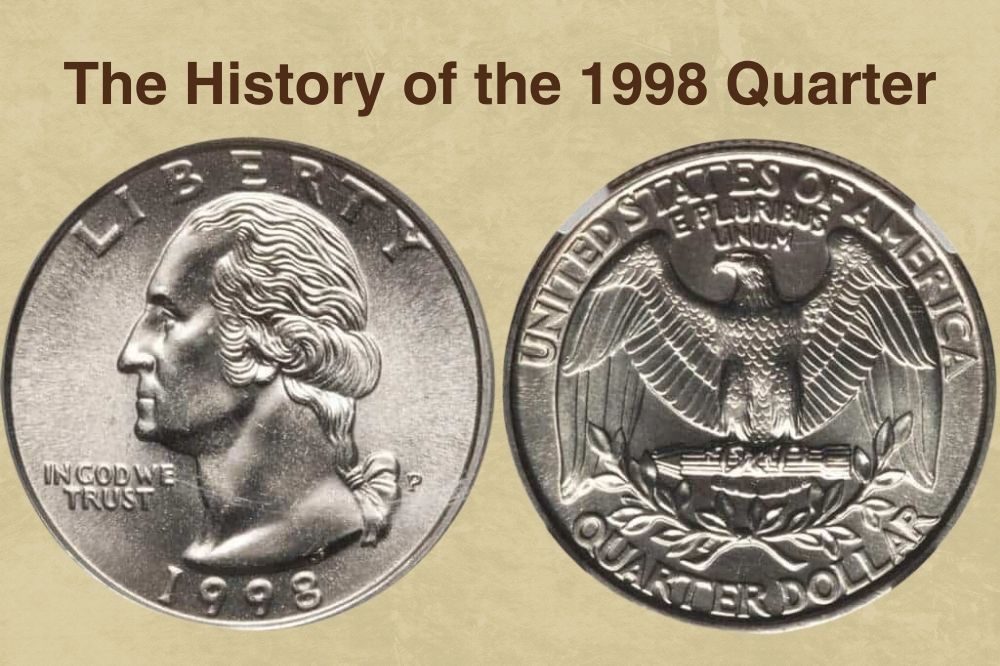
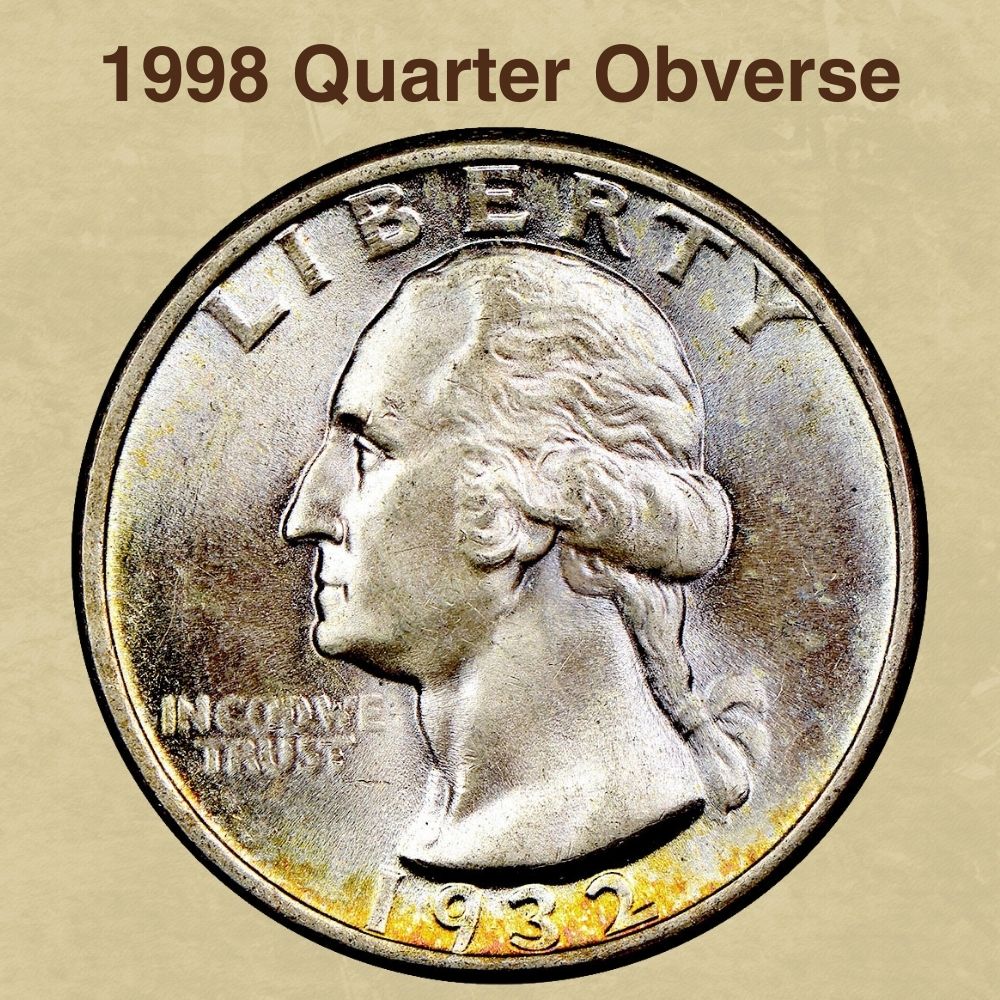
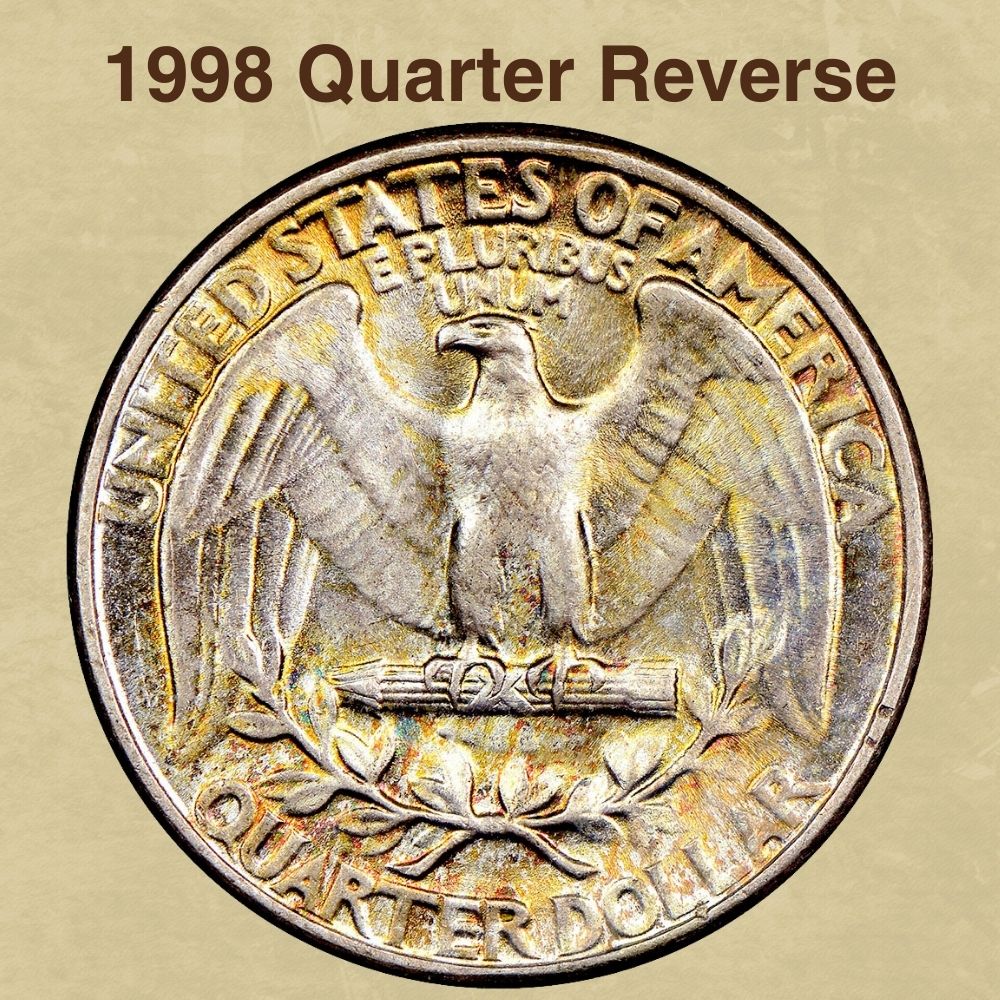
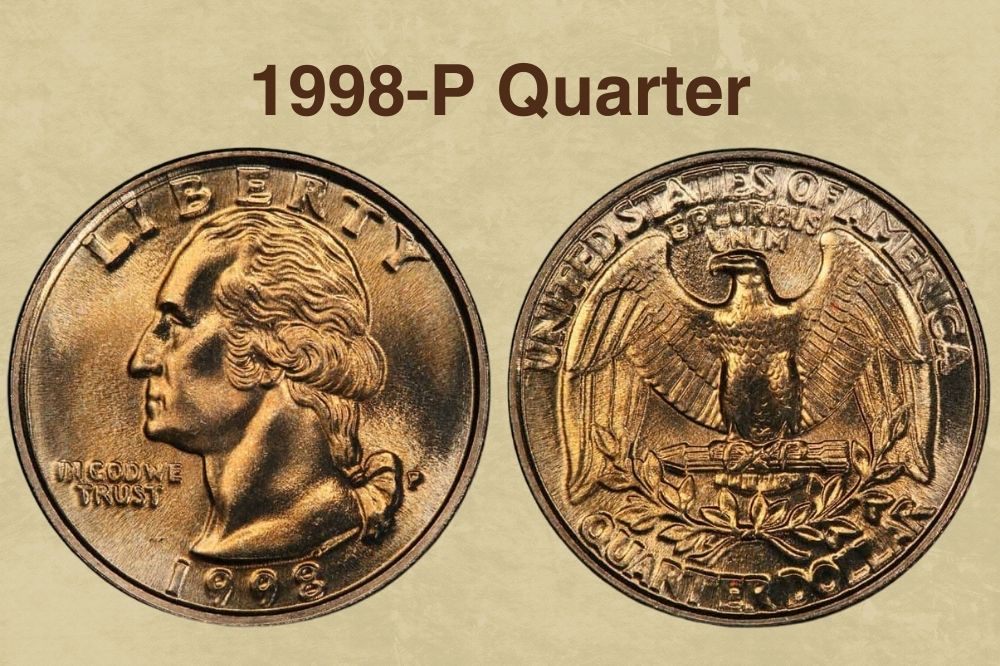
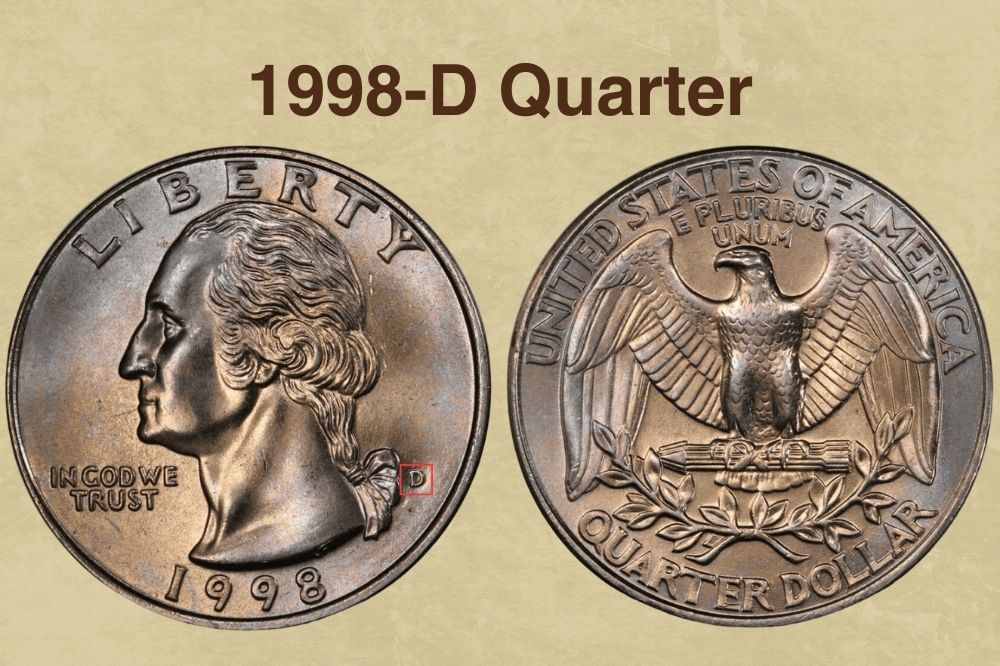
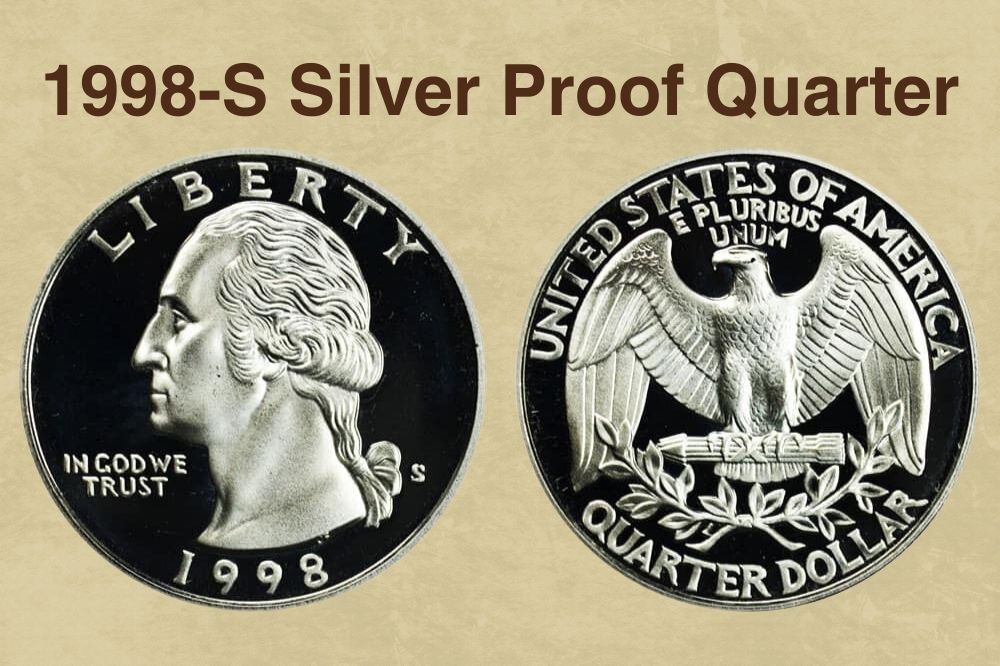
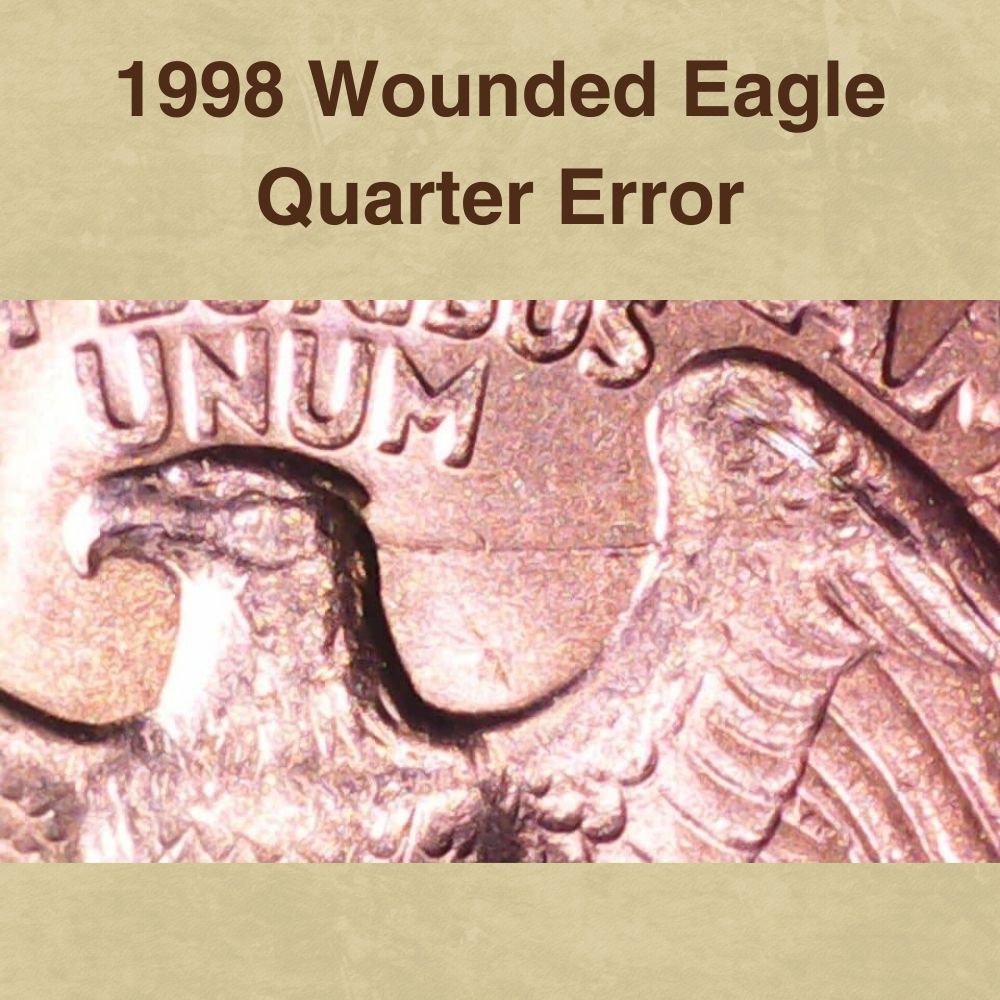
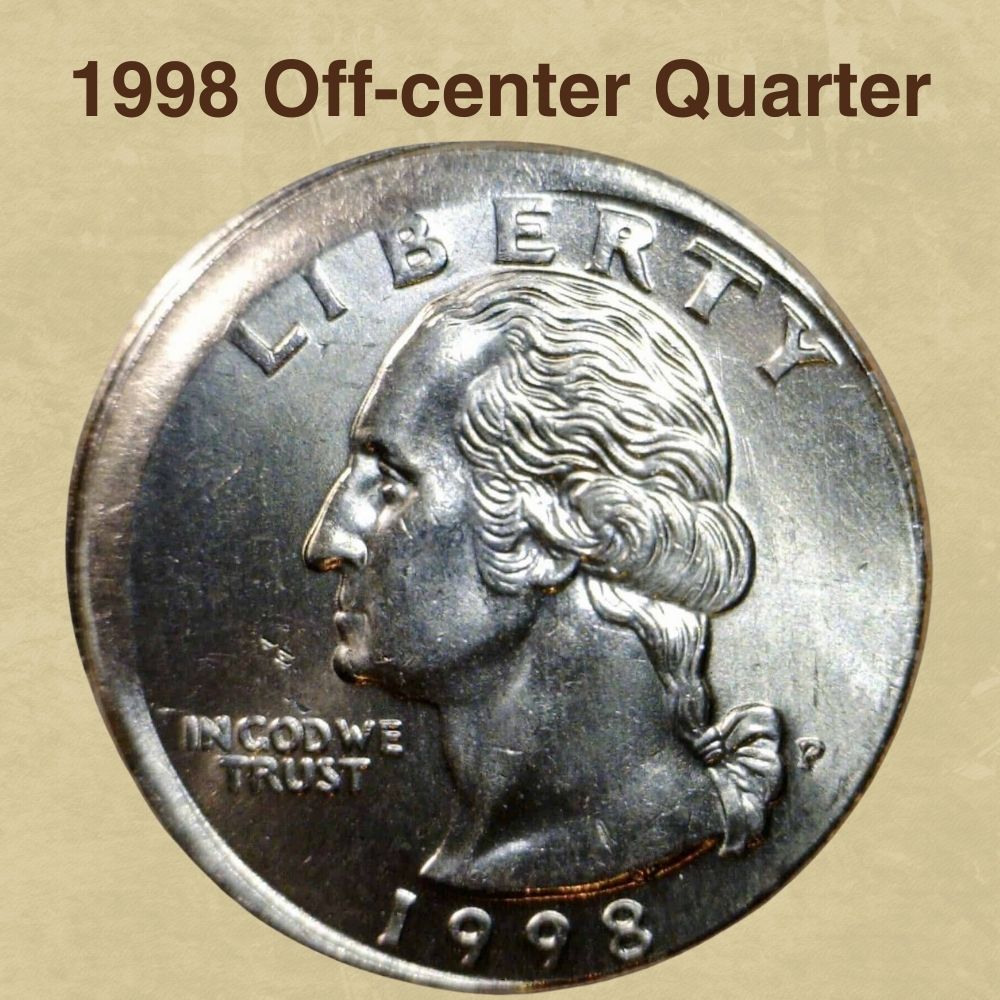
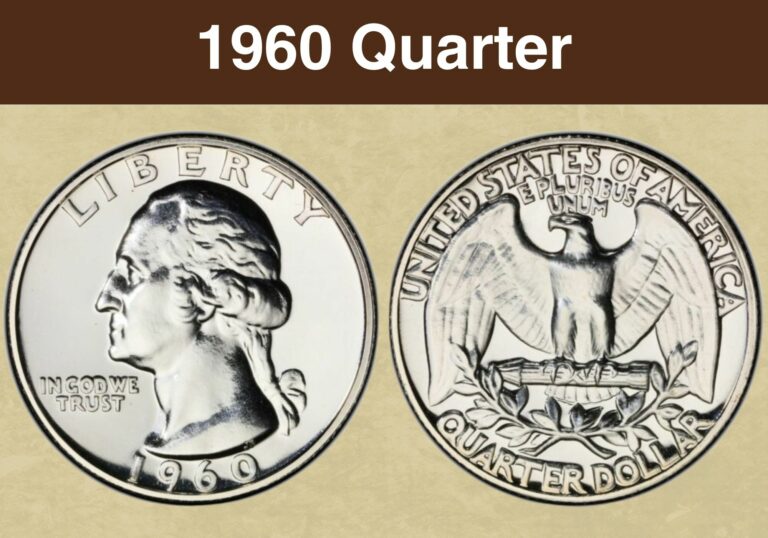
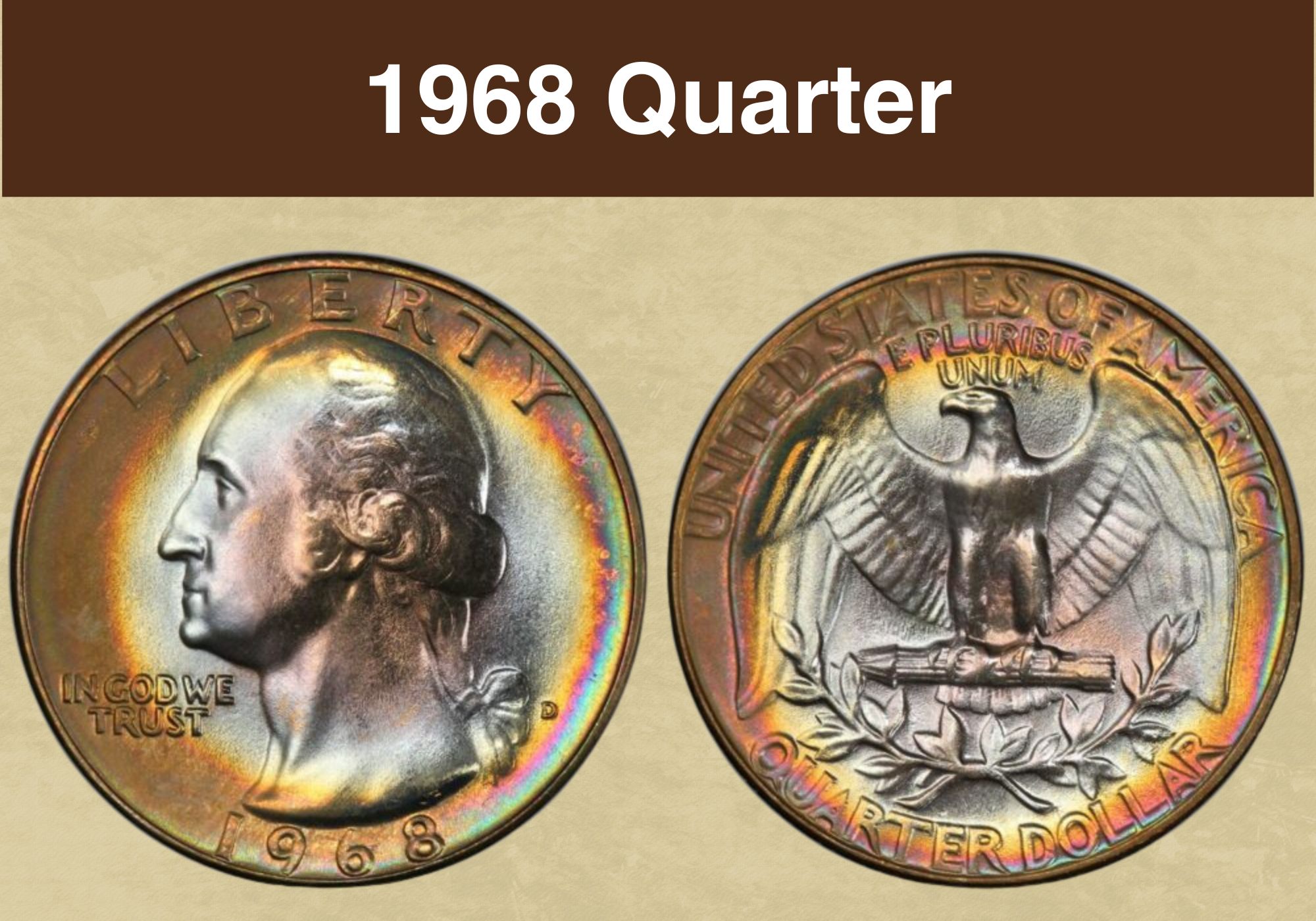
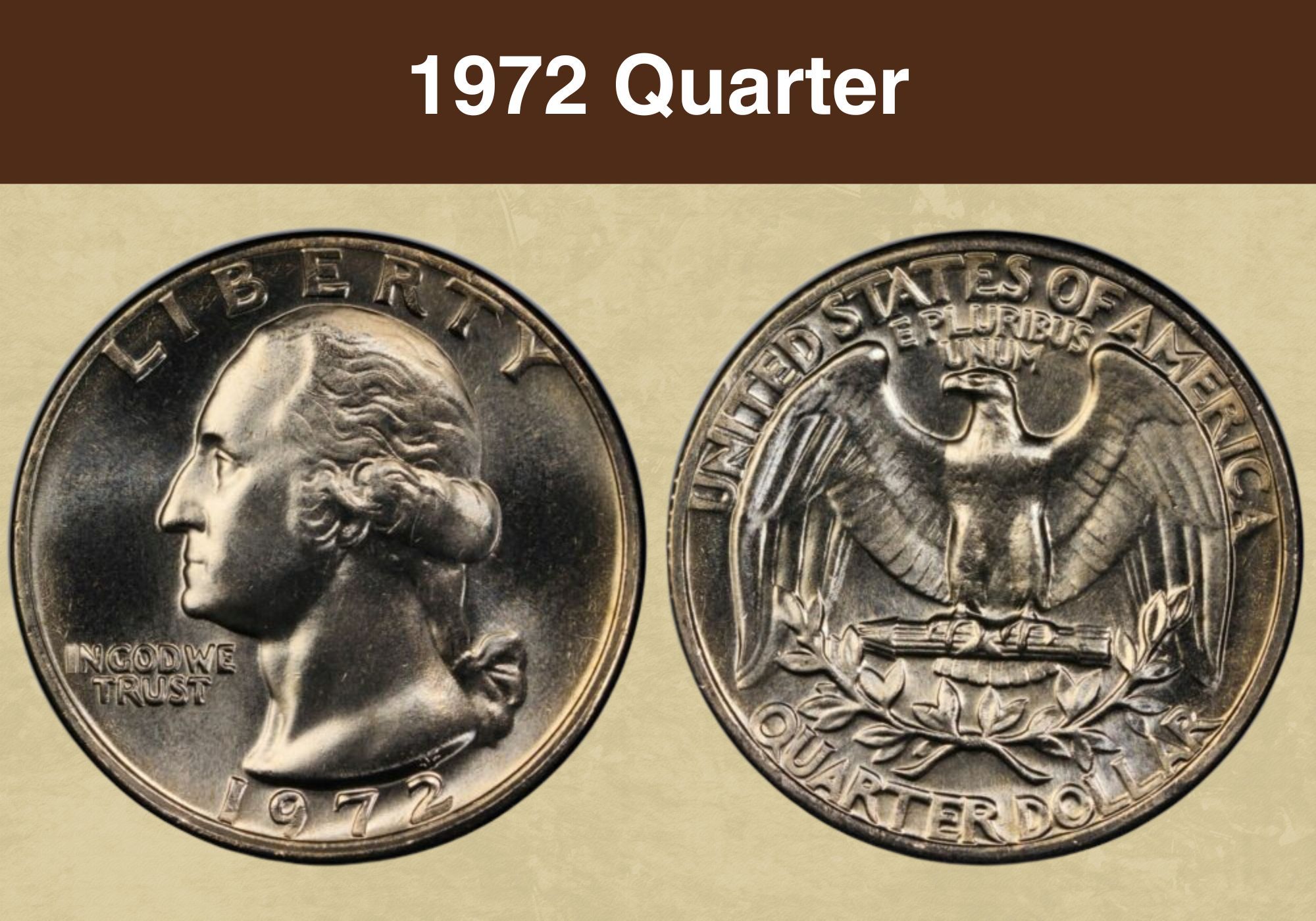
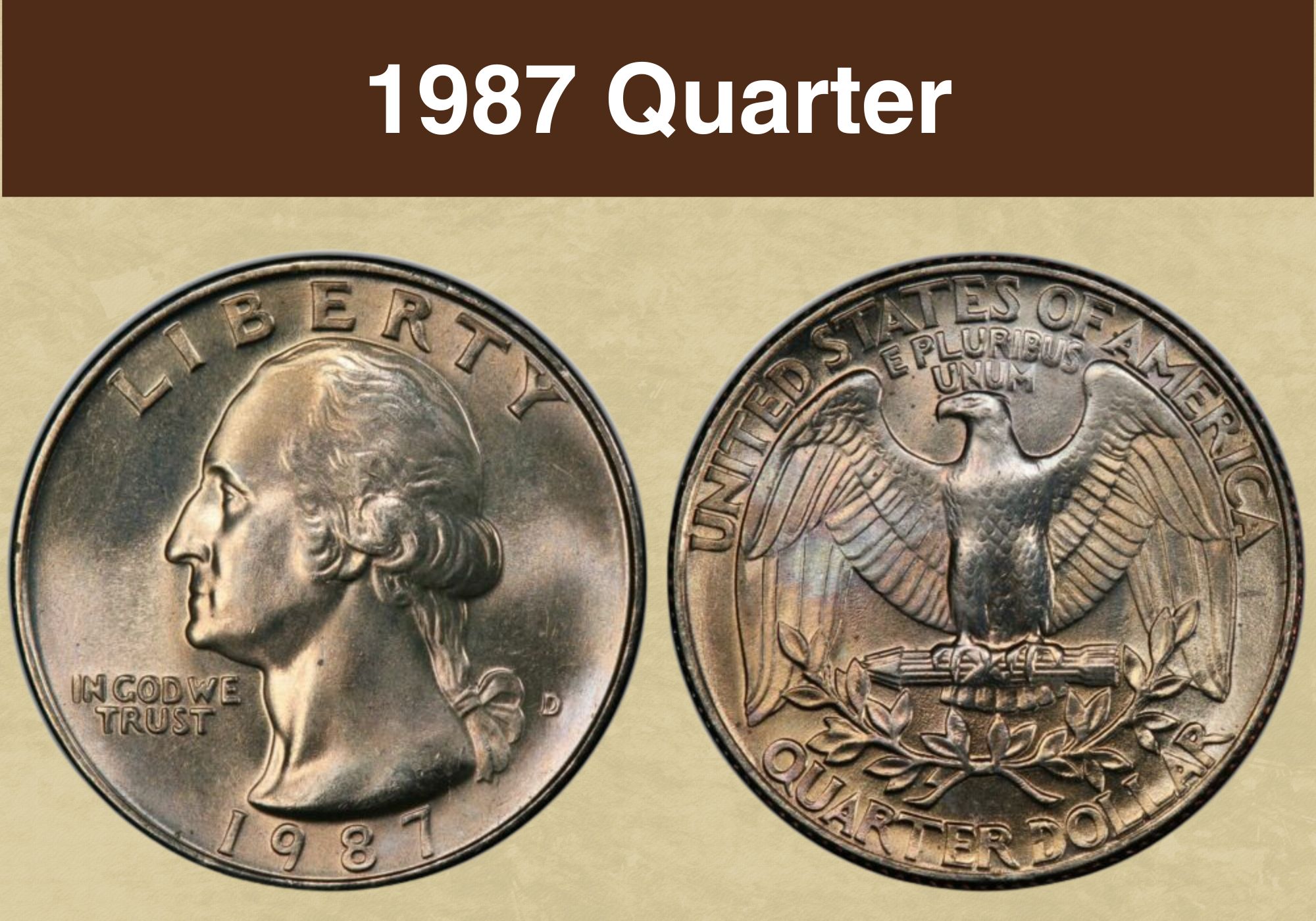
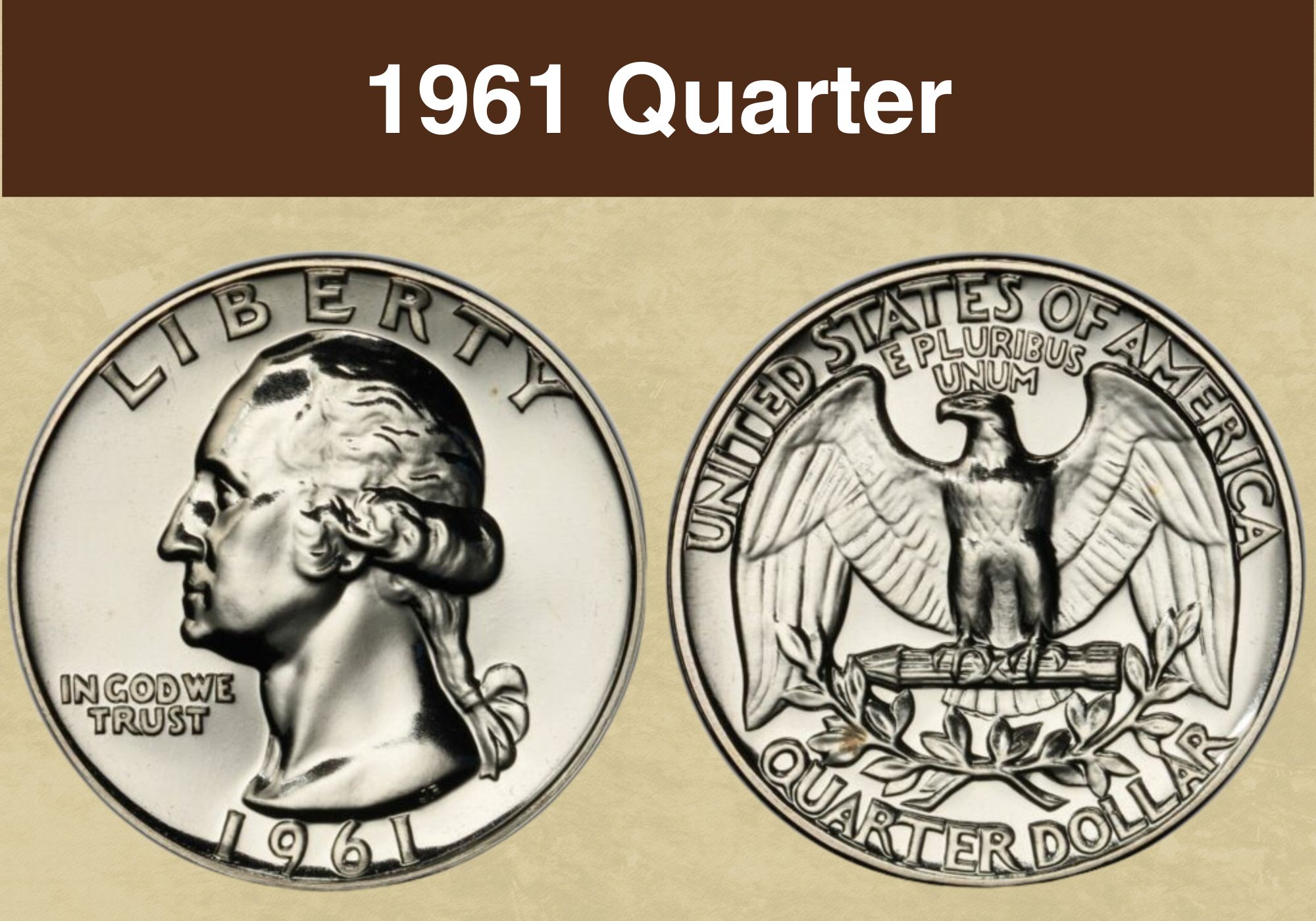
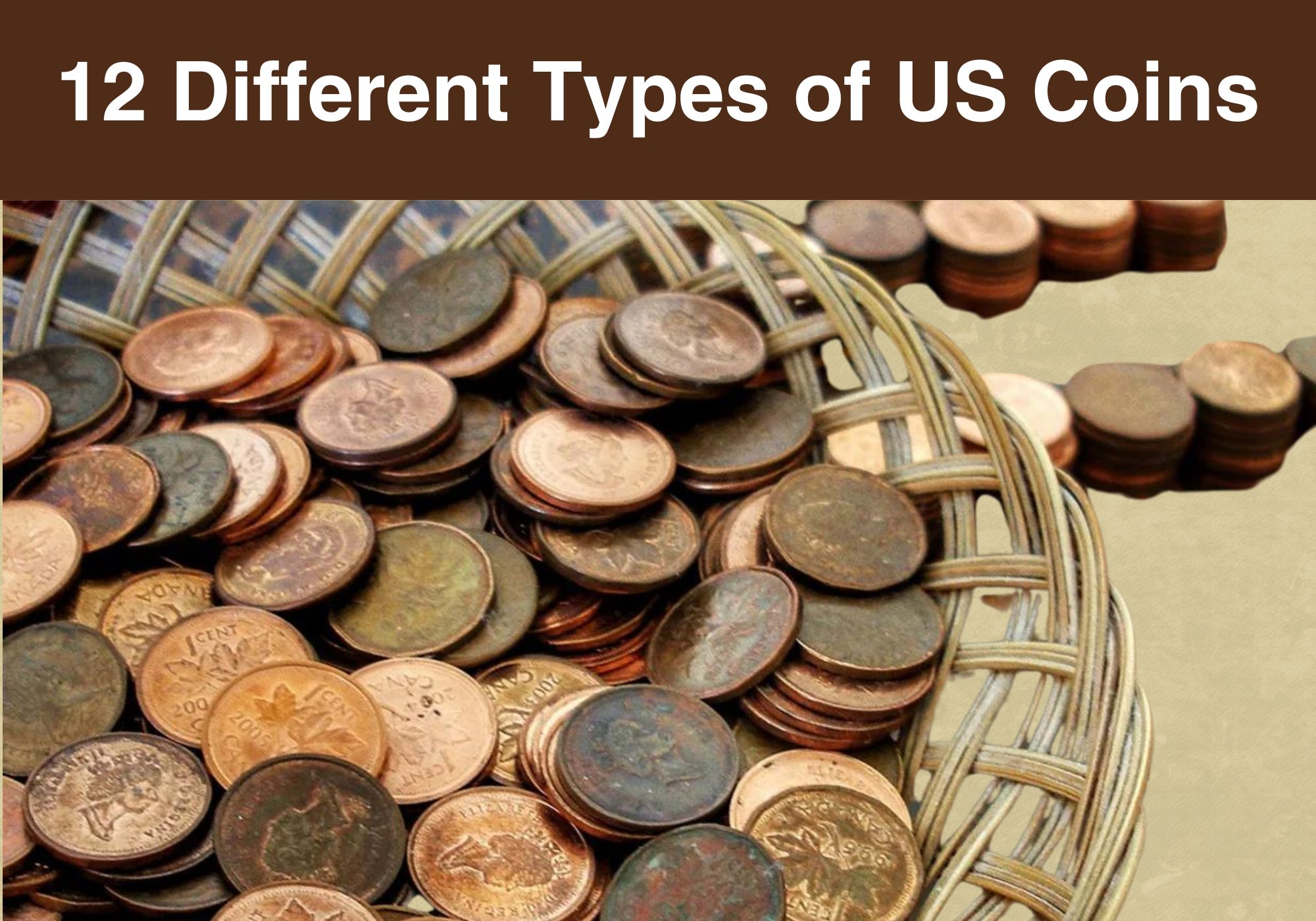
I found adoubleheaded 1998 quarter that looks real.
I also have one that has multiple errors , die cracks some DD , the rim has several indents in it , I’ve only seen one other posting about it on the internet which leads me to believe it’s extremely rare , it’s got to be the coolest quarter I’ve ever seen that I know isn’t damage from circulation. May be cr fingers in processing some siad but also may have to do with the die crack and cud connections ? Some input would be fantastic !
I found in my coins a 1998 D Quarter with raised rim on both sides of the coin, it’s wider than the other quarters I have, and it has a broadstuck etching around the front side of the coin.